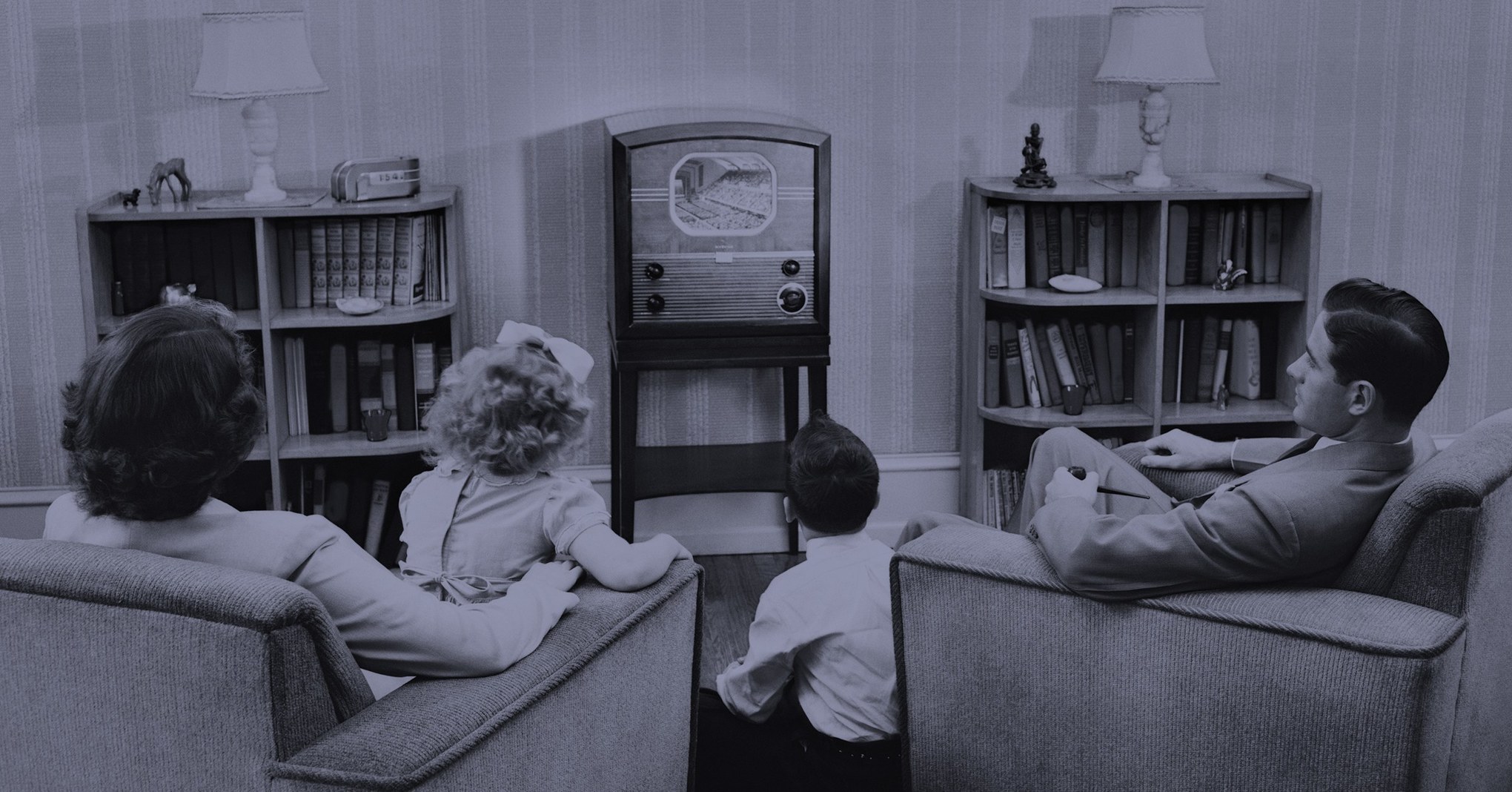We live in an era where Netflix is eating the world, where kids and grown-ups alike can disappear down a YouTube rabbit hole for hours on end, where the amount of time we spend watching video on our phones only ever goes up rather than down. In that world, it’s easy to extrapolate to a time where old-fashioned television is dead, killed off by a slew of younger, nimbler disruptors. The reality, however, is that TV’s business model is secure, its revenues are gargantuan, and the barriers to enter its industry have never been higher.
Even Katzenberg knows this. A billion dollars is only half of the $2 billion he was originally asking for. And even $2 billion would be small table stakes at this game. After all, Netflix is spending some $12 billion a year in service of disrupting television. (The best articulation of Netflix’s ambitions can be found in this great piece by Matthew Ball.)
Netflix has vastly deeper pockets than NewTV. But even Netflix is going to find it incredibly difficult to replace TV altogether, for the simple reason that there’s simply too much money there. TV is, at heart, in the advertising business—advertisers spend some $70 billion a year on TV. While ad dollars have fled print media, the TV ad-revenue stream has stayed astonishingly steady. Yes, all the advertising growth globally is in digital, mostly through Google and Facebook. Digital advertising has, finally, overtaken TV as the largest ad market. But there are good reasons why TV’s central position in America’s households is much more deeply rooted than the would-be digital usurpers like to believe.
Sourced through Scoop.it from: www.wired.com



Leave A Comment